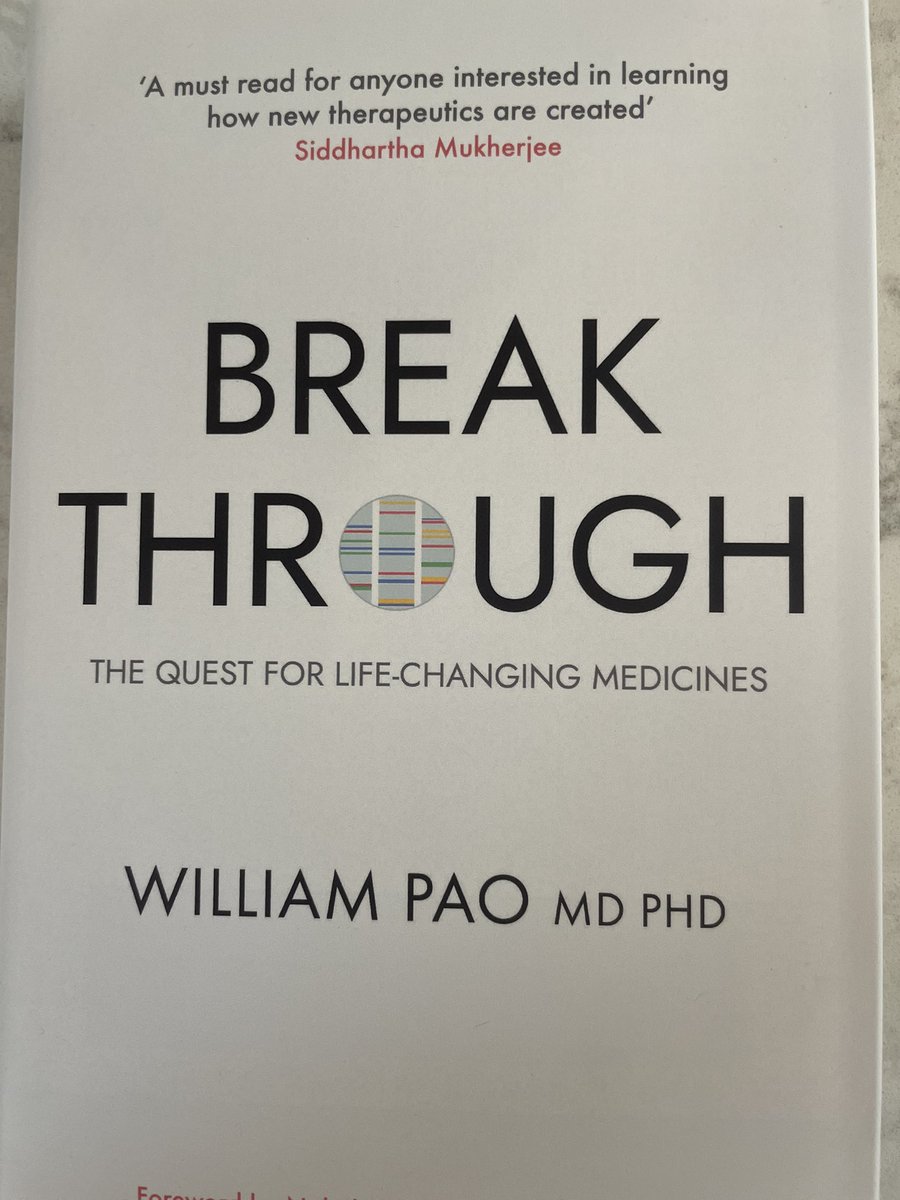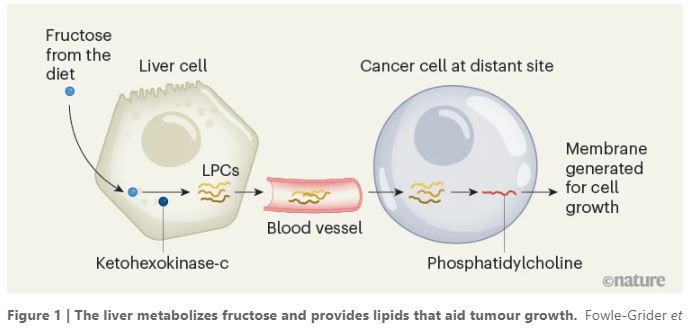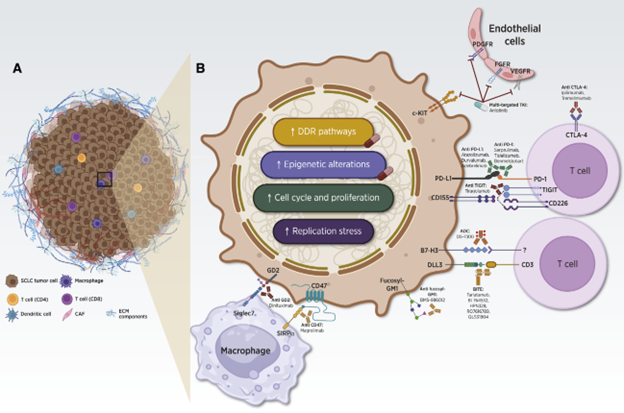
soria
@jsoriamd
Followers
17K
Following
874
Statuses
4K
SVP Oncology Global Development @Amgen, Physician-Scientist, Medical Oncologist, immune and molecular target-believer, Tweets my own
Joined March 2012
FDA approved 57 new therapeutic drugs (NTDs) in 2024. This is above the average of 53 NTDs per year for the last decade, & below the 71 approvals in 2023. The total projected annual peak sales for these NTDs is US$60 billion, which is considerably below the average since 2014 of $88 billion.
3
26
86
Today’s @US_FDA approval is a milestone moment for patients with chemorefractory KRAS G12C-mutated #mCRC. Our team continues to push cancer care forward – this is the oncology team’s 4th FDA approval in the past 12 months. #MyCompany
The @US_FDA approved Amgen’s targeted combination therapy for the treatment of adult patients with chemorefractory KRAS G12C-mutated #mCRC. 🔗 Press release: $AMGN
0
1
10
Cancer death rates in the U.S. have dropped 34% since 1991, averting over 4.5M deaths. However incidence continues to increase for breast, prostate, melanoma, uterine corpus, pancreas, & CRC (<65 years). The cancer burden is shifting from older to younger adults & from men to women. Middle‐aged women have higher cancer risk than their male counterparts, and young women are almost twice as likely to be diagnosed as young men.
3
28
64
Reported associations between tumor-infiltrating lymphocyte subsets, including cytotoxic CD8+ T cells, CD4+ T helper cells, T reg cells & B cells in pretreatment tumor samples, and sensitivity or resistance to #immunotherapy in patients with various solid tumor types.
1
24
60
Genomic instability in NMIBC: Whole-genome doubling (WGD) in 15% of non-muscle-invasive bladder cancers (NMIBCs) is linked to poor outcomes. This is driven by alterations in TP53, cell-cycle genes, high neutrophil infiltration &T cell exhaustion markers, suggesting immune evasion mechanisms. In the USA there are 61,000–66,000 new cases of NMIBC annually #BladderCancer #Genomics
0
0
7
2024 FDA approvals show that #cancer remains the dominant focus of drug developers, with 15 (30%) novel approvals in 2024. Dermatology & non-malignant hematology were second, with 6 (12%) approvals each. A total of 32 (64%) of the new approvals are small molecules, in line with the 5-year average for this leading modality.
2
18
63
FcγR engagement influences antibody efficacy, toxicity & pharmacokinetics: 1) Effector Functions: Critical for anti-CTLA4 to deplete Tregs via ADCC/ADCP; unnecessary for anti-PD(L)1. 2) Toxicity: Increases immune-related adverse events (irAEs) & infusion reactions 3) Pharmacokinetics: FcγR engagement influences antibody clearance & shortens half-life 4) Hyperprogression: FcγRIIb engagement may trigger immunosuppression or PD-1+ T-cell depletion. 5) Polymorphisms: FcγR variants affect efficacy #Immunotherapy
1
14
55
Liquid biopsies offer 2 paths for MRD detection in colorectal cancer: 1) Tumor-Informed: High sensitivity via personalized tumor profiles. Requires tissue sampling. 2) Tumor-Agnostic: Broader use with plasma-only analysis. Lower sensitivity but evolving tech bridges the gap. #CancerResearch #LiquidBiopsy #PrecisionOncology
0
11
37
Fructose consumption has increased considerably over the past five decades, due to the widespread use of high-fructose corn syrup as a sweetener. A recent publication shows that fructose supplementation enhances tumor growth in various animal models. The liver converts dietary fructose to lipids that enter the blood, & cancer cells use the lipids to make membranes for proliferation.
1
17
42
Tumor fraction (TF) at liquid biopsy is a potential marker for tumor burden. In this study of 1065 patients, tumor fraction (TF) at liquid biopsy was weakly associated with total tumor volume (TTV) measured by contrast-enhanced CT. Although not sufficiently correlated, TF and TTV may provide complementary information regarding tumor evolution and survival.
0
10
38
ecDNA fuels cancer progression: large, mobile circles of DNA in tumors drive high oncogene copies & rapid genetic changes. Their random spread during cell division increases treatment resistance & tumor evolution. Determining therapeutic vulnerabilities & identifying target compounds to limit ecDNA evolution could open impactful new therapeutic horizons.
1
10
39
Biomarker discovery through highly multiplexed tissue imaging is a critical step for precision oncology. It identifies complex patterns in tumors, paving the way for novel predictive biomarkers & treatment approaches. #CancerBiomarkers #PrecisionMedicine
0
28
61
Researchers at @Columbia used synthetic biology to reprogram intratumoral bacteria, boosting immune responses to control tumors. In a bladder cancer model, these engineered bacteria helped produce tumor-specific antibodies, enhancing PD-1 blockade effectiveness & spotlighting humoral immunity in cancer therapy. #SITC24
0
1
7
The tumor microenvironment of SCLC is often "immune cold" (due to low T cell infiltration & high immune suppression), & frequently shows high levels of DNA damage response. Despite these complexities, new clinical targets are now demonstrating promising activity: DLL3, B7H3, FucGM1& others.
2
30
118
ADCs represent one of the most rapidly expanding treatment modalities in oncology, with 11 ADCs FDA-approved & more than 210 currently being tested in clinical trials. Spanning over 40 years, ADC clinical development remains challenging as evident from the clinical discontinuation of more than 150 ADCs to date. This review discussed key insights into the toxicity, efficacy, stability, distribution, & fate of ADCs.
2
41
158





















